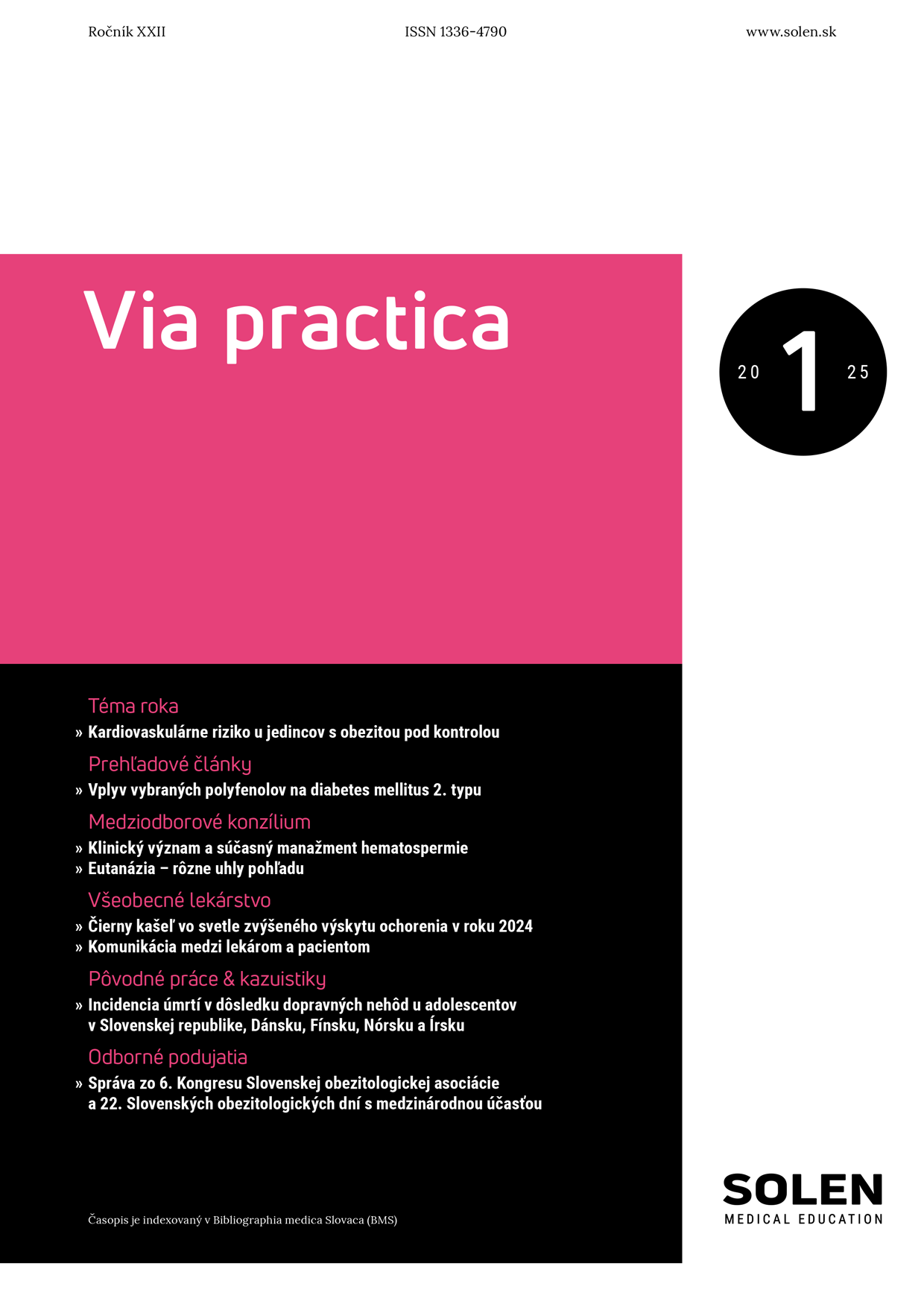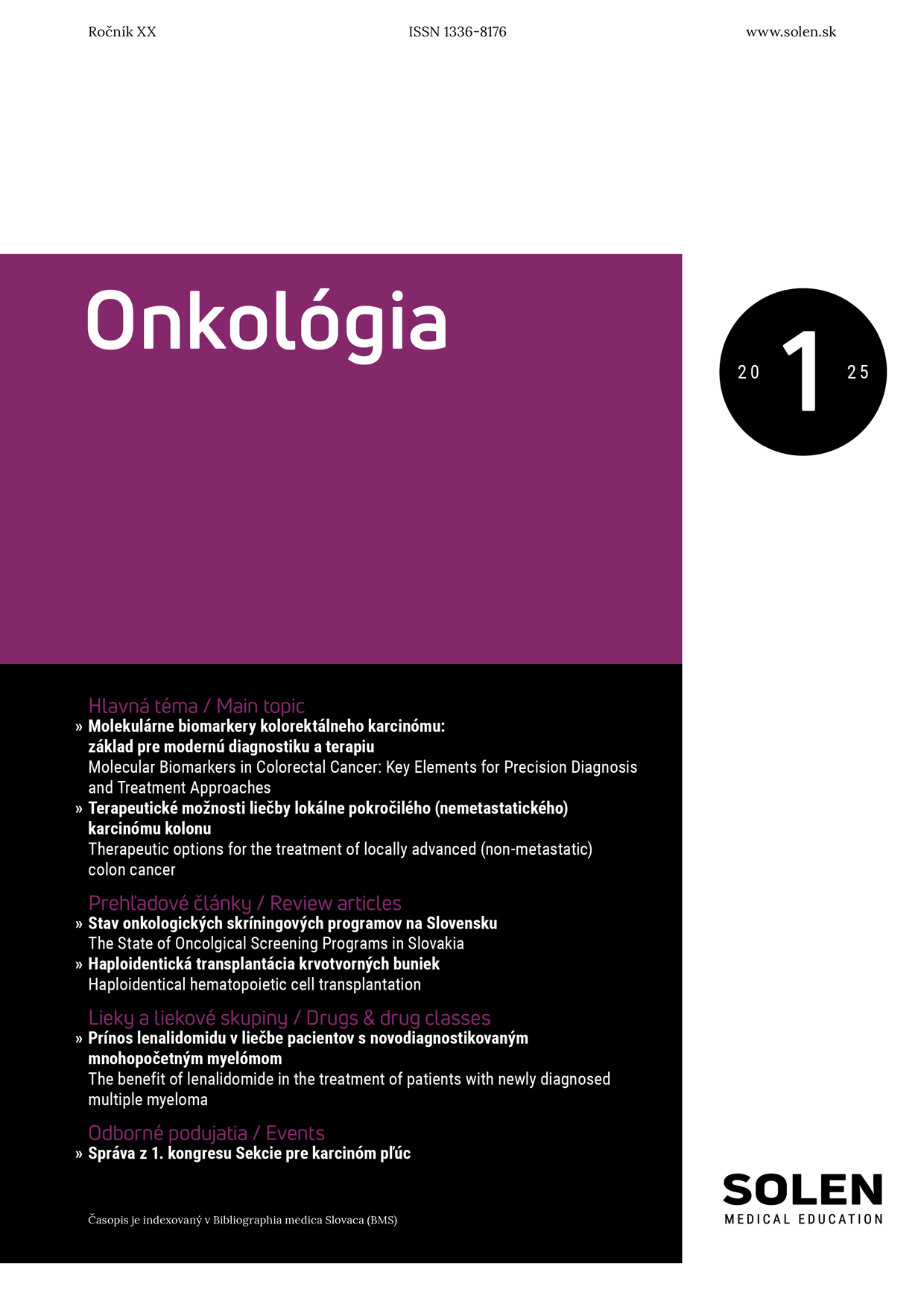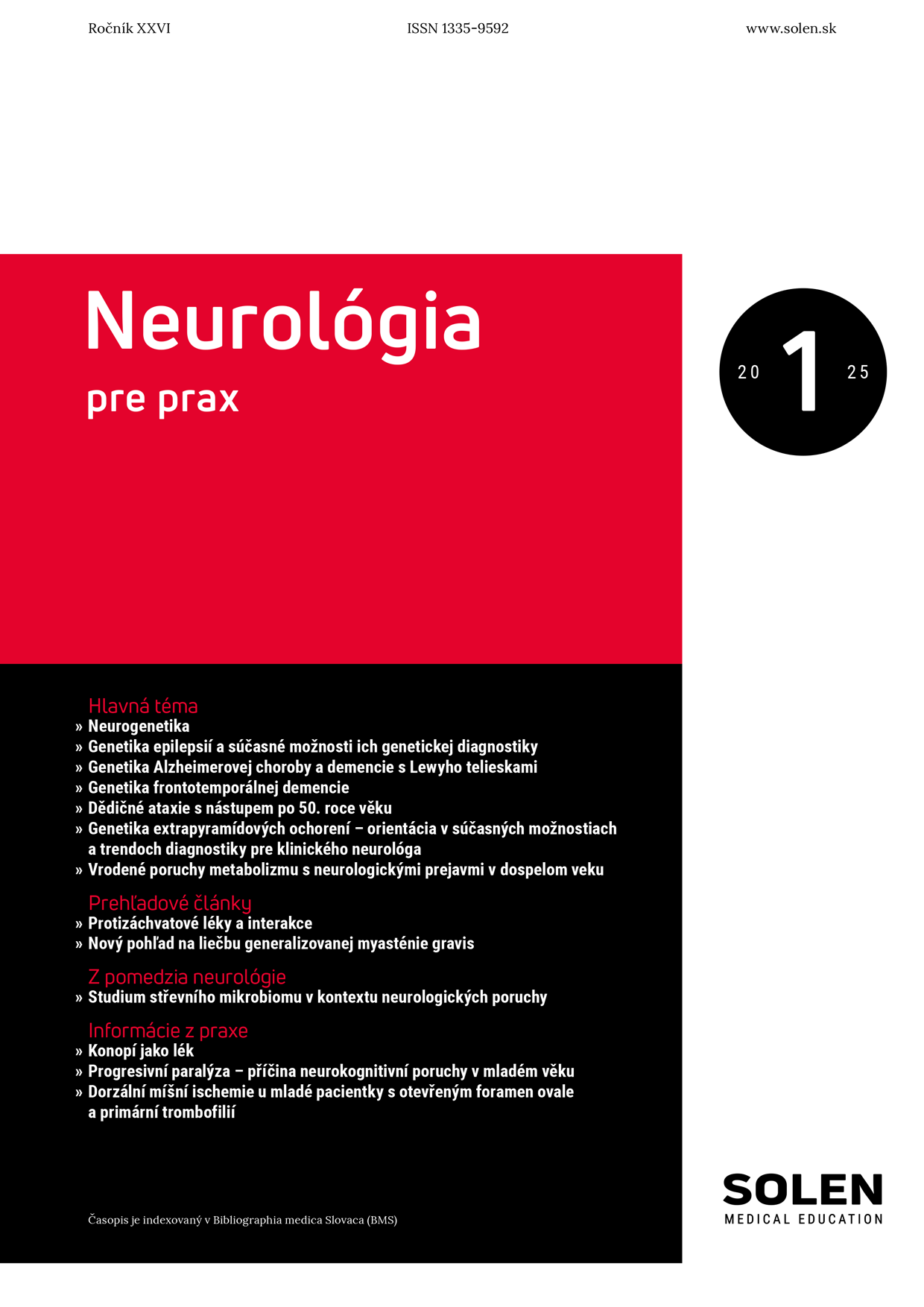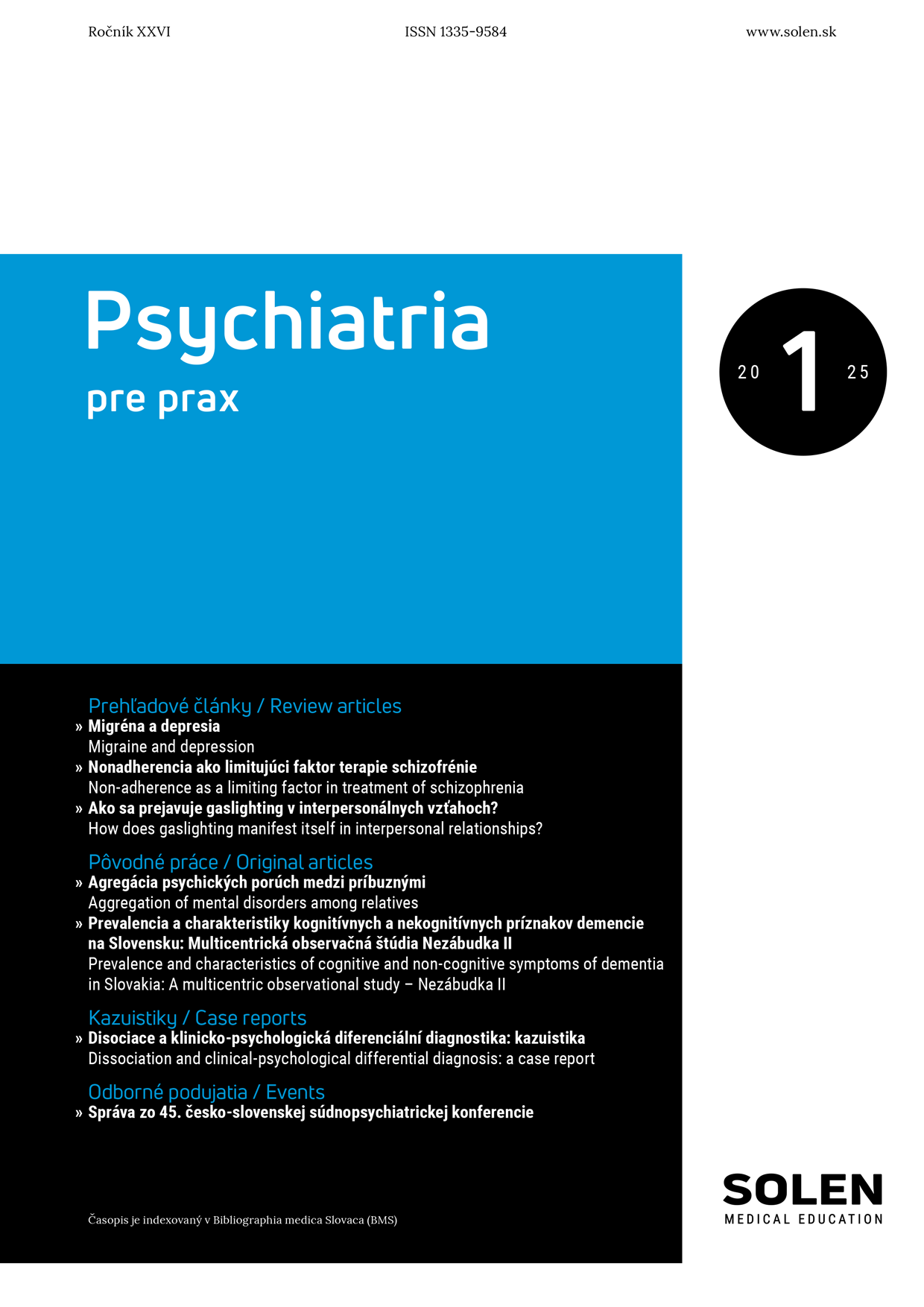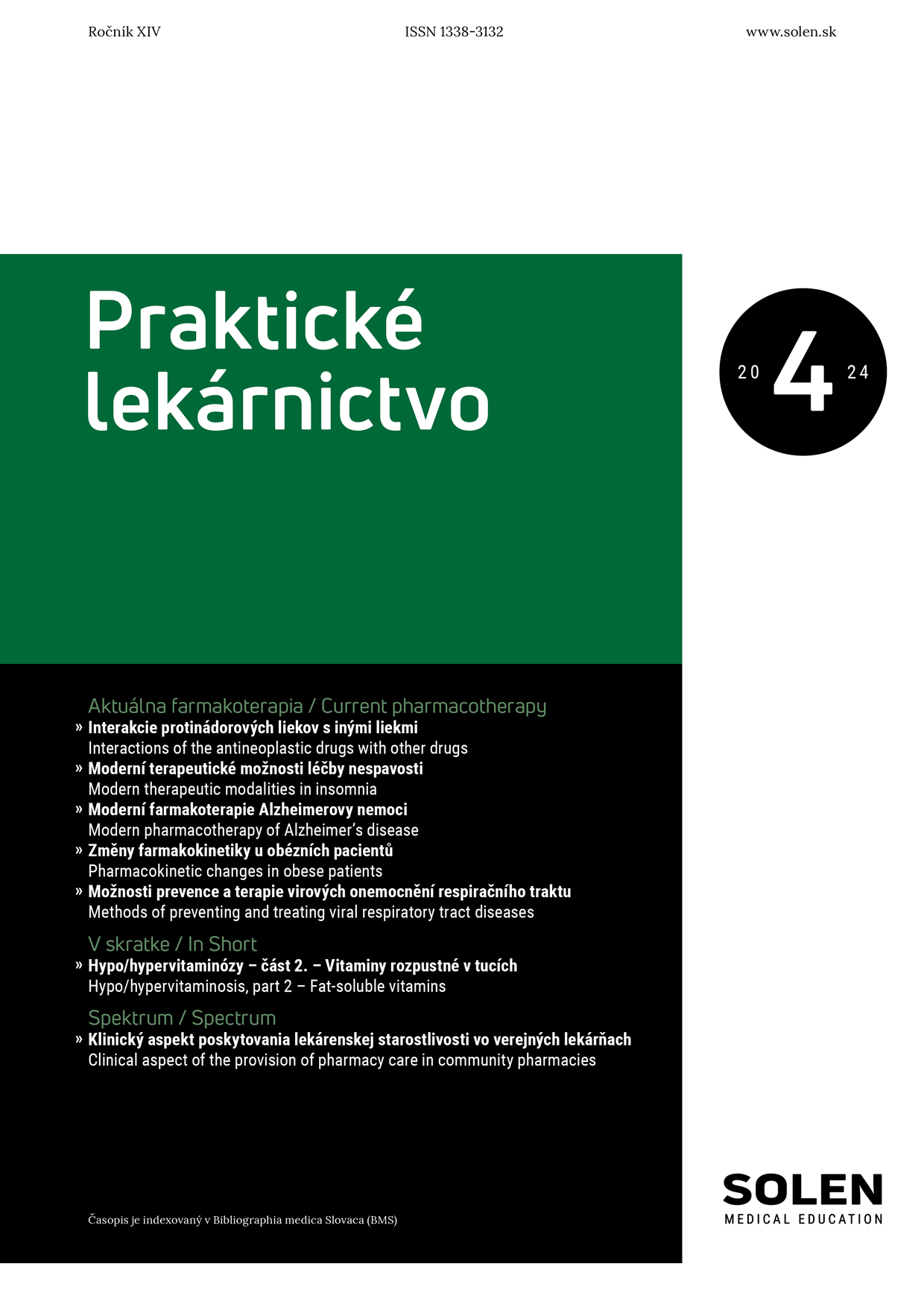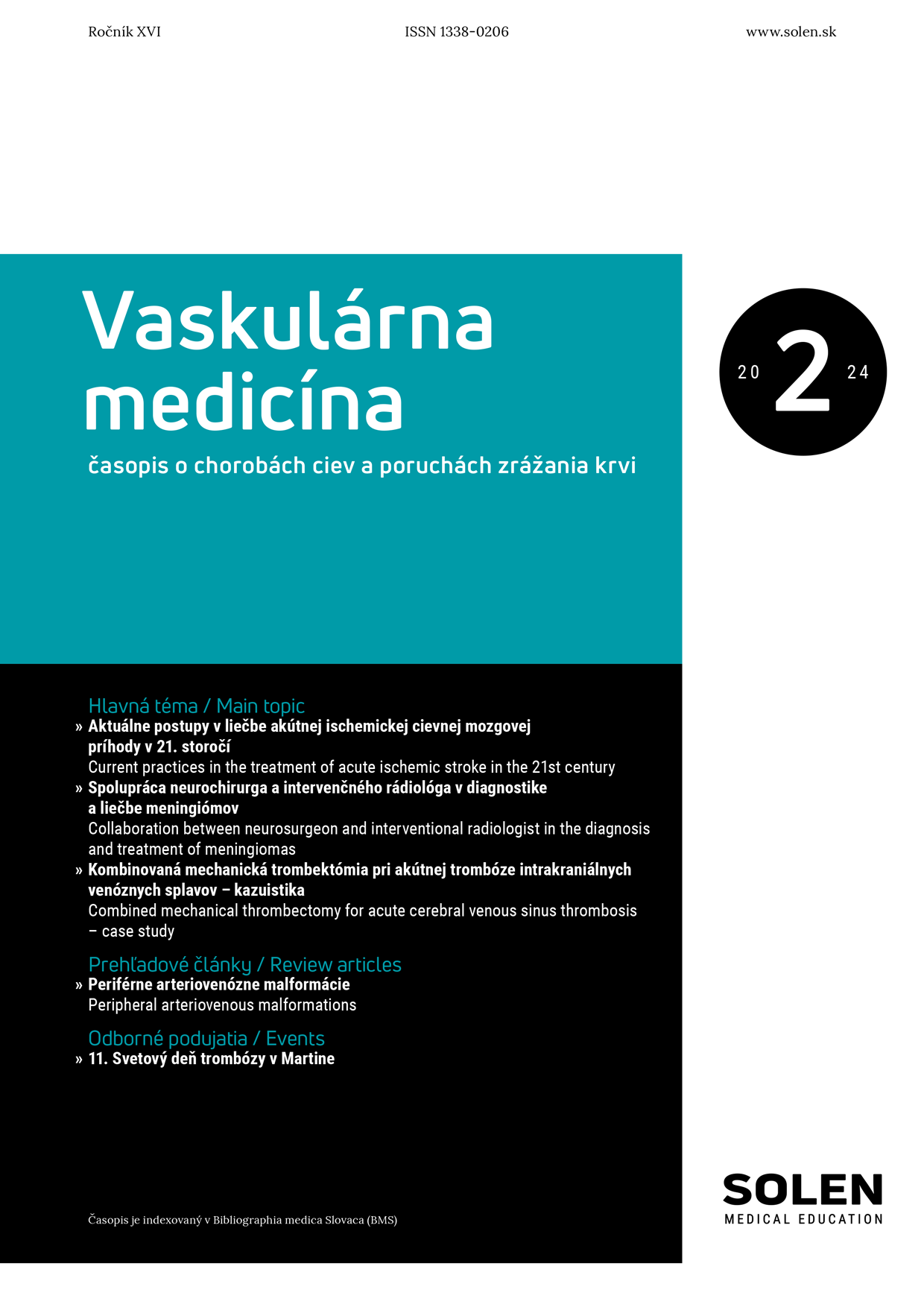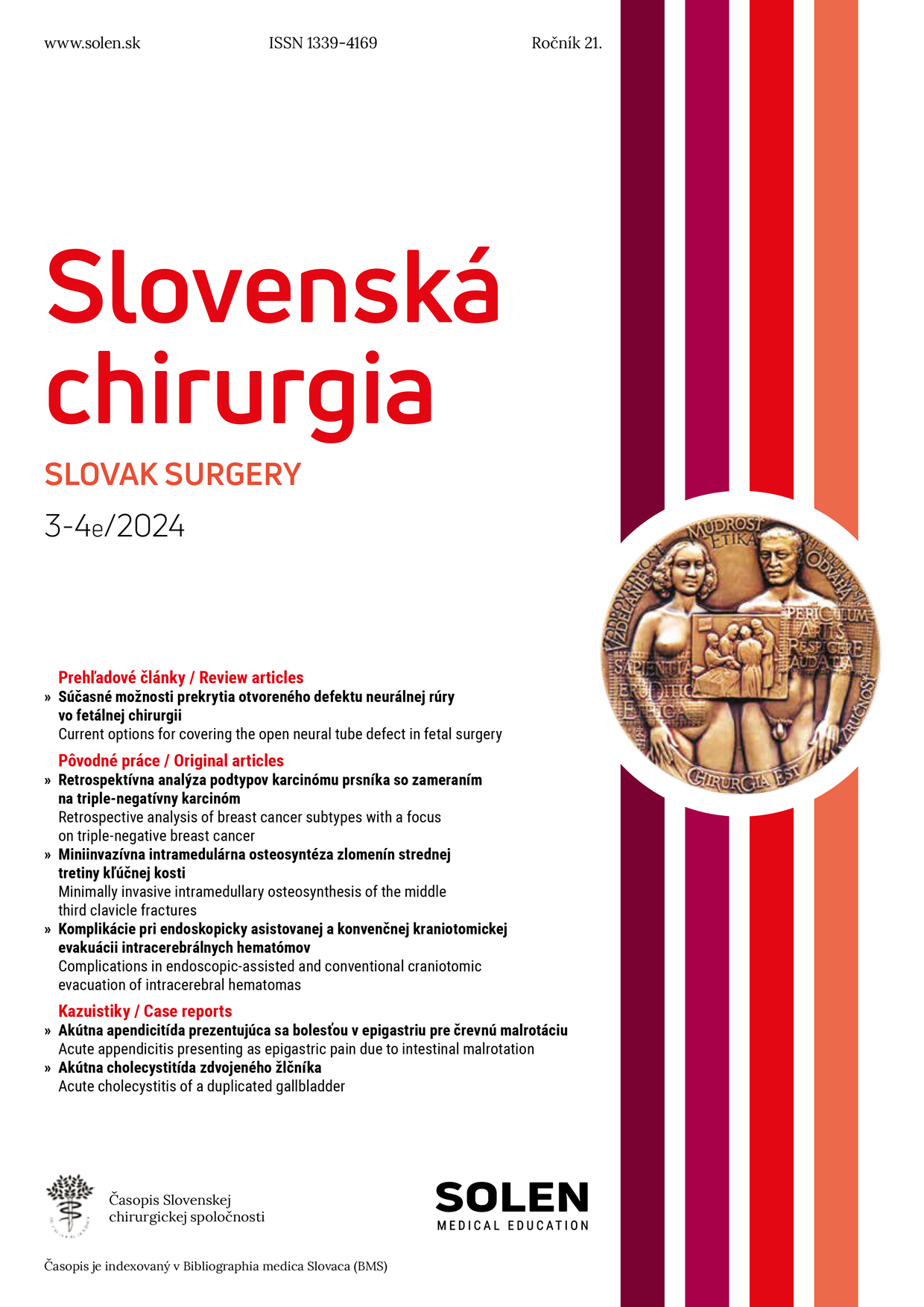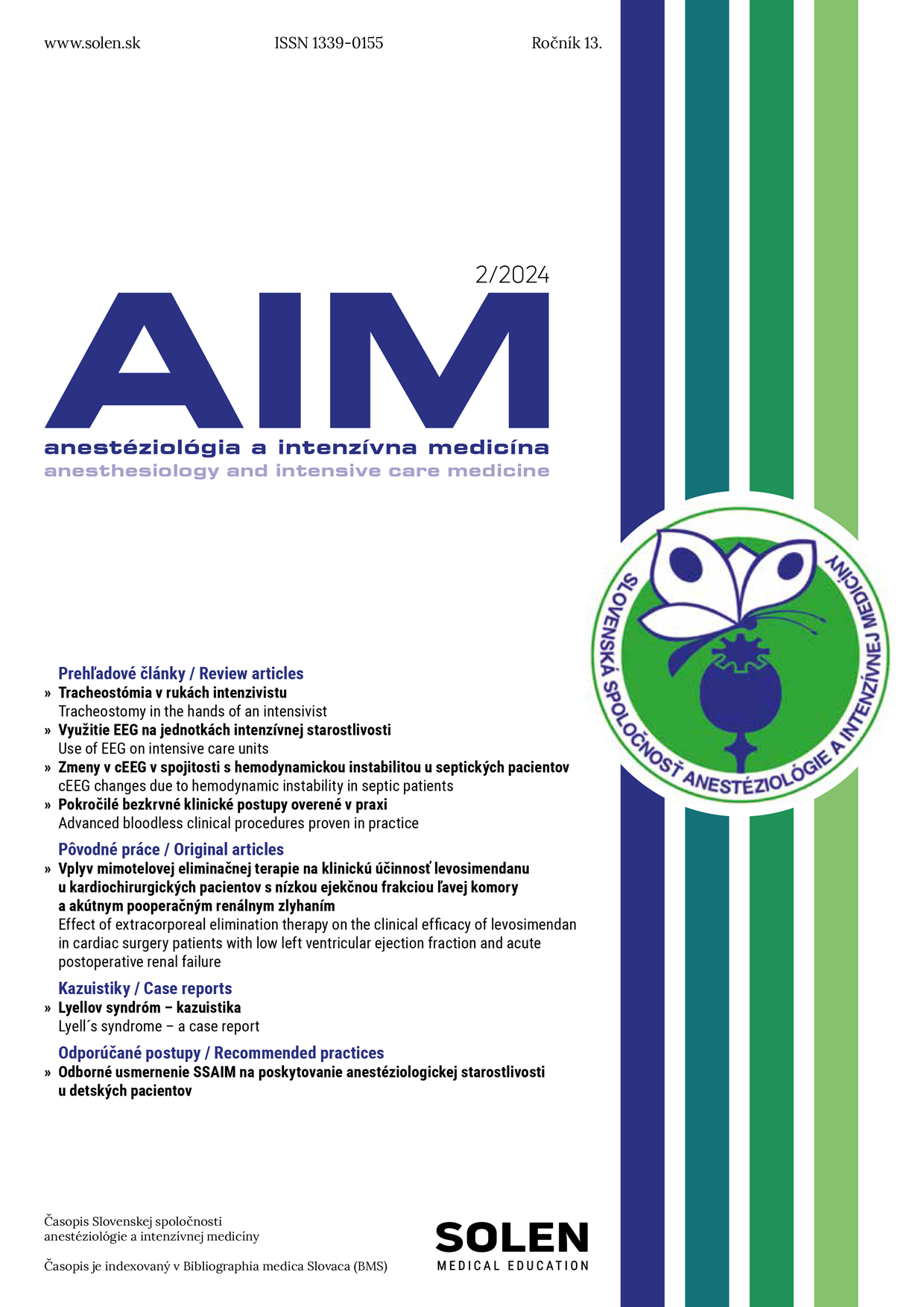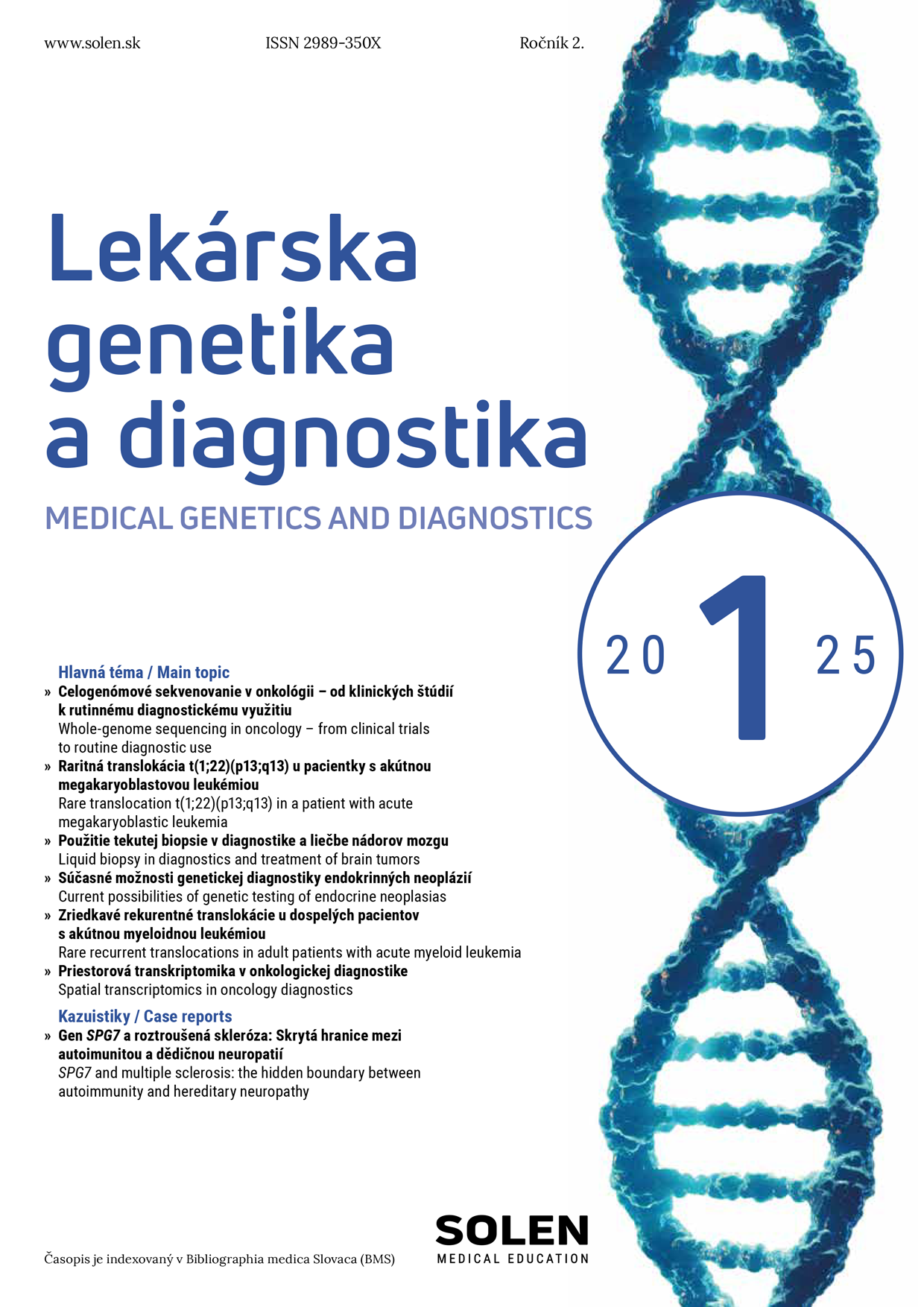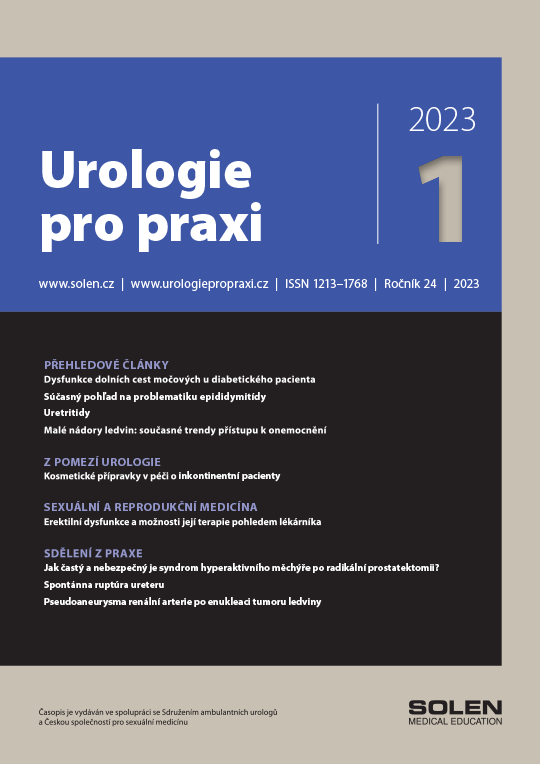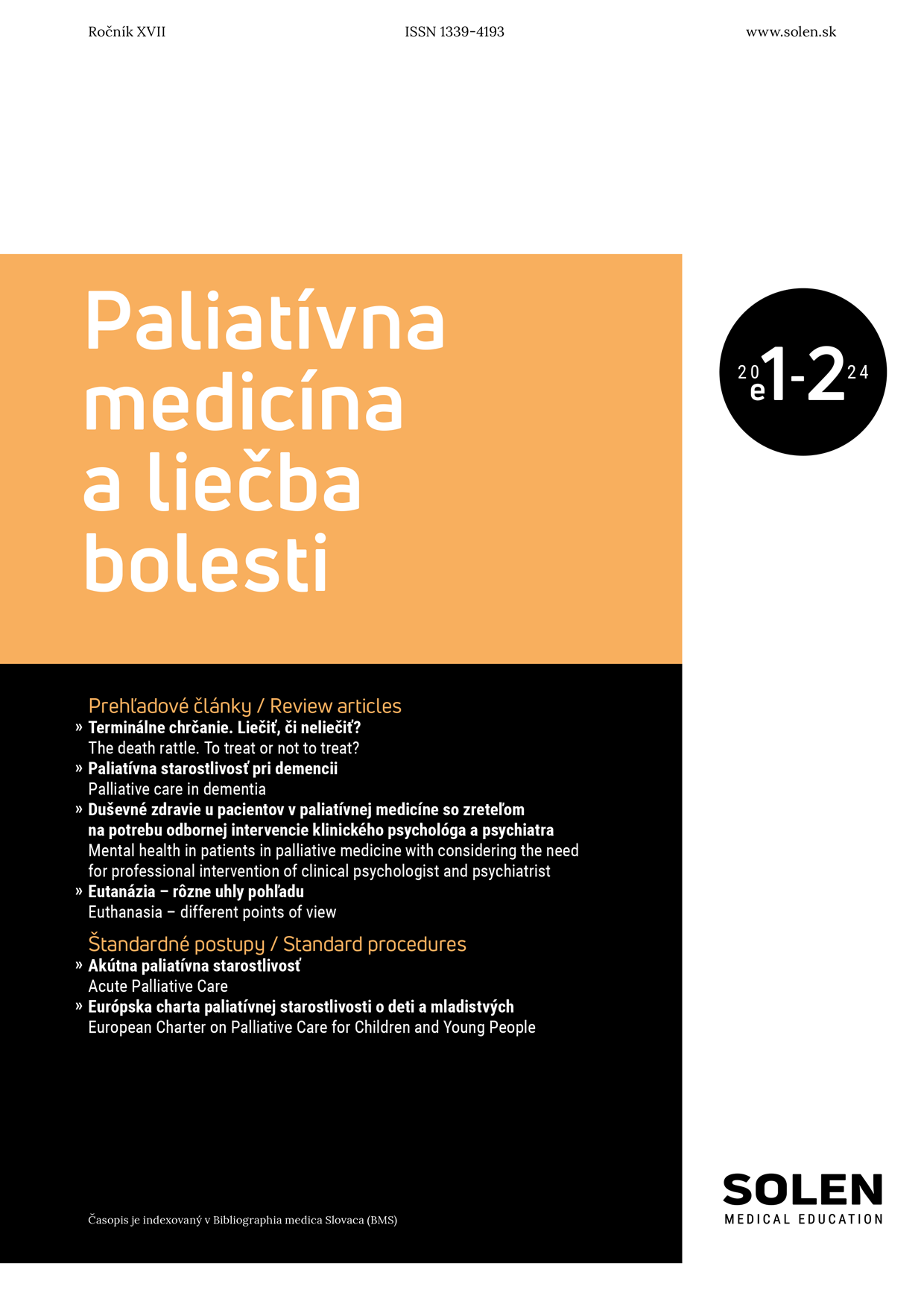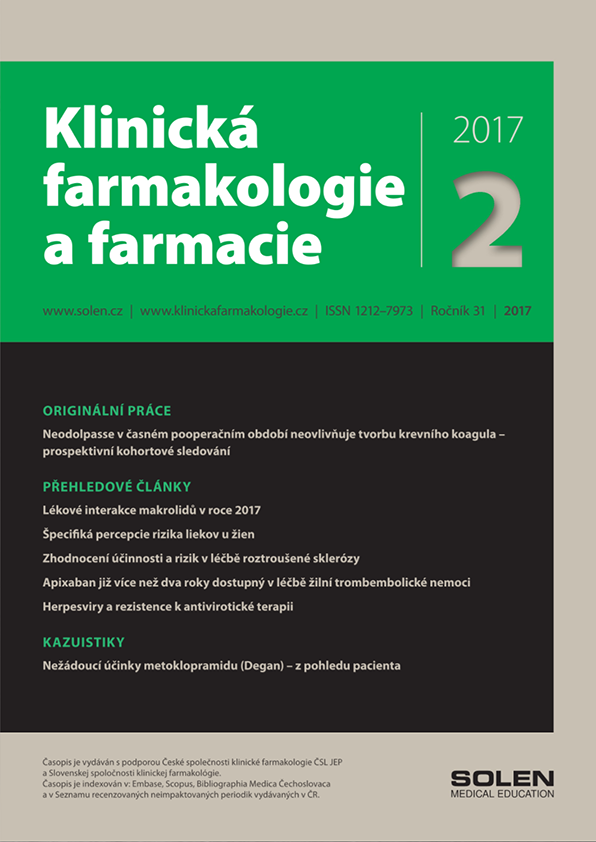Via practica 6/2024
Diabetes mellitus and chronic venous disease
Diabetes mellitus (DM) and chronic venous disease (CVD) belong to the most common chronic diseases affecting millions of individuals in developed countries. Although these conditions are typically considered as separate entities, they often co-exist which may be important in both understanding their pathophysiology and determining the best treatment strategy. A large proportion of patients with diabetes mellitus present with venous disorders, although this is often overlooked. Longlasting poor glycaemic control (HbA1c > 10%), duration of diabetes more than 10 years and the presence of diabetic neuropathy in the lower extremities is associated with insufficient function of the calf muscle pump, trophic skin changes and advanced chronic venous insufficiency. The etiology of chronic venous disease is multifactorial, involving hemodynamic, genetic, and environmental factors which result in structural and functional changes of the venous endothelium and venous wall as well as inflammation. Inflammation and endothelial dysfunction are commonly observed in diabetes mellitus and cause various diabetic macrovascular and microvascular complications. Despite differences in etiology, the risk factors and pathophysiology of DM and CVD are very similar. Pathophysiology of both diseases is caused by endothelial dysfunction and inflammation. DM and its complications can worsen the course of CVD. Treatment strategies should take the co-existence of DM and CVD into account. Lifestyle changes especially weight loss and exercise, will improve metabolic state and lower inflammation in these patients. At the same time patients may benefit from compressive and venoactive therapy
Keywords: diabetes mellitus and chronic venous disease: risk factors, pathophysiology, treatment strategy



